The Leopard Tortoise (Stigmochelys pardalis) is a remarkable reptile known for its unique appearance and fascinating behavior. Named for its beautiful shell patterns that resemble the spots of a leopard, this tortoise species is native to the grasslands and savannas of Africa.
Only three land turtle species in the world are bigger than the leopard tortoise. The leopard tortoise is one of the most attractive turtle species due to its high, domed shell with characteristic yellow and brown patterns and radiating rings. Its markings make it clear how it gained its name.
Scutes, which are comprised of keratin like your fingernails, protect the upper shells of all tortoises and turtles.
Leopard Tortoise: Species Profile
COMMON NAME: Leopard Tortoise
SWAHILI NAME: Kobe-chui
SCIENTIFIC NAME: Stigmochelys pardalis
TYPE: Reptile
FOOD: Leopard Tortoises are herbivorous creatures. They primarily feed on a variety of plant matter, including grasses, leaves, flowers, and fruits. Their diet is predominantly vegetarian.
HABITAT: Leopard Tortoises are native to the savannas, grasslands, and semi-arid regions of sub-Saharan Africa. They inhabit diverse habitats ranging from open plains to woodland areas. These tortoises prefer areas with a mix of grasses, shrubs, and available water sources.
SIZE: Leopard Tortoises are known for their impressive size. On average, adults can reach a carapace length of 40-70 centimeters (16-28 inches) and weigh between 18-45 kilograms (40-100 pounds). Females tend to be larger than males.
AVERAGE LIFE SPAN IN THE NATURAL HABITAT: In their natural habitat, Leopard Tortoises have a long lifespan. They can live for 50-100 years or more, given the right conditions and proper care.
ACTIVE: Leopard Tortoises are diurnal creatures, meaning they are active during the day. They are often observed basking in the sun to regulate their body temperature. They spend their days foraging for food, exploring their surroundings, and engaging in other essential activities.
GESTATION PERIOD: Leopard Tortoises reproduce through sexual reproduction. The female lays eggs, typically in burrows dug in the ground. The incubation period for the eggs lasts approximately 90-120 days, after which the hatchlings emerge.
WEIGHT: Adult Leopard Tortoises can weigh between 18-45 kilograms (40-100 pounds), depending on their age, size, and overall health.
SIZE COMPARISON TO A 6-FT MAN: Leopard Tortoises are significantly larger than a 6-ft man. With their carapace length ranging from 40-70 centimeters (16-28 inches), they surpass the height of an average human and have a robust build.
Physical Features and Adaptations:
The Leopard Tortoise is a large terrestrial tortoise, with adults reaching an average size of 16-18 inches (40-45 cm) in length. Its distinctive shell showcases intricate patterns of dark and light brown, resembling the rosettes found on a leopard’s coat. This camouflage provides excellent concealment within its natural habitat. The shell itself is dome-shaped and highly durable, providing protection from predators and environmental hazards.
Habitat and Distribution:
Leopard Tortoises are found across various regions of sub-Saharan Africa, including countries such as South Africa, Botswana, and Namibia. They inhabit grasslands, savannas, and arid areas, where they can find an abundance of vegetation for sustenance.
Behavior and Diet:
Grazing Lifestyle:
Leopard Tortoises are primarily herbivorous, feeding on a variety of plants, grasses, and succulents. They have adapted to their grazing lifestyle with a beak-like mouth, allowing them to crop grasses efficiently. Their diet contributes to the dispersal of seeds, making them important agents of plant regeneration in their ecosystem.
Territorial Behavior:
Despite their slow-moving nature, Leopard Tortoises exhibit territorial behavior and can cover vast distances in search of suitable foraging grounds or mates. Males engage in territorial displays, using their size and strength to assert dominance and secure breeding rights.
Conservation Status and Threats:
The Leopard Tortoise is listed as a species of least concern by the International Union for Conservation of Nature (IUCN). However, it faces various threats, primarily habitat loss due to agricultural expansion and human development. Additionally, the illegal pet trade poses a significant risk to their population, as they are often captured and sold as exotic pets.
Conservation efforts focus on protecting their habitats, promoting awareness, and regulating the trade of Leopard Tortoises to ensure their sustainable existence in the wild. Encouraging responsible pet ownership and supporting initiatives that educate local communities about the importance of wildlife conservation are essential for their long-term survival.
Stigmochelys pardalis
The Stigmochelys pardalis captivates with its distinctive appearance and ecological significance in Africa’s grasslands and savannas. With their remarkable adaptability and vital role as seed dispersers, these tortoises contribute to the health and diversity of their habitats. By valuing their natural beauty, respecting their habitats, and actively participating in conservation initiatives, we can ensure the preservation of the magnificent Leopard Tortoise for future generations to admire and appreciate.
Leopard Tortoise Adaptations:
The leopard tortoise (Stigmochelys pardalis) is a remarkable reptile known for its distinctive shell patterns and adaptations that enable it to thrive in its natural habitat. From its specialized physiology to its unique behaviors, let’s explore some of the fascinating adaptations of the leopard tortoise.
1. Shell Structure and Patterns
One of the most recognizable features of the leopard tortoise is its beautifully marked shell. The shell is dome-shaped and exhibits intricate patterns of black and yellow, resembling the rosettes found on a leopard’s fur. This remarkable coloration provides camouflage, allowing the tortoise to blend in with its surroundings and avoid potential predators.
2. Sturdy Shell for Protection
The leopard tortoise possesses a hard and sturdy shell, which serves as its primary defense mechanism. The shell is composed of two layers: the outer layer, known as the carapace, and the inner layer, called the plastron. Together, they provide protection against potential threats, such as predators or harsh environmental conditions.
3. Efficient Locomotion
Leopard tortoises have evolved adaptations for efficient movement across various terrains. Their limbs are well-suited for walking, with strong and sturdy legs that allow them to navigate through different types of landscapes. Their feet are equipped with thick scales that provide traction, aiding in climbing rocks or traversing uneven surfaces.
4. Drought Adaptations
The leopard tortoise has adapted to survive in arid environments where water sources may be scarce. It can withstand long periods without drinking water by obtaining moisture from the plants it consumes. The tortoise’s efficient kidneys help conserve water by producing concentrated urine. Additionally, it has the ability to dig burrows, seeking refuge from extreme temperatures and conserving moisture.
5. Herbivorous Diet
Leopard tortoises are herbivores, primarily feeding on a variety of plant materials. Their diet consists of grasses, leaves, flowers, and succulent plants. Their specialized jaw structure and powerful beak allow them to bite and chew vegetation efficiently. These adaptations enable them to extract maximum nutrition from the plant matter available in their habitat.
6. Temperature Regulation
Being ectothermic, or cold-blooded, the leopard tortoise relies on external heat sources to regulate its body temperature. It basks in the sun to absorb warmth, and if the temperature becomes too high, it seeks shade or burrows into the ground to avoid overheating. This ability to regulate body temperature is crucial for its overall physiological functions.
7. Long Lifespan
Leopard tortoises are known for their longevity. With proper care and suitable habitat conditions, they can live for several decades. Their slow metabolic rate, efficient energy utilization, and adaptations for surviving harsh environments contribute to their extended lifespan.
8. Reproduction Strategies
Leopard tortoises employ various reproductive adaptations. Females dig nests in the ground to lay their eggs, providing protection and optimal incubation conditions. They can lay multiple clutches of eggs in a single breeding season. The sex of the offspring is determined by the incubation temperature, with higher temperatures producing females and lower temperatures resulting in males.
The leopard tortoise’s adaptations have allowed it to thrive in its native habitats in Tanzania and other regions of Africa. By understanding and appreciating these remarkable adaptations, we gain insight into the fascinating world of this beautiful reptile.
Where to See Leopard Tortoises in Tanzania:
If you’re an admirer of wildlife and interested in observing the enchanting leopard tortoise (Stigmochelys pardalis) in its natural environment, Tanzania offers several locations where you have the opportunity to encounter these fascinating creatures. Here are some places to consider for spotting leopard tortoises in Tanzania:
1. Serengeti National Park
Renowned for its vast savannahs and diverse wildlife, Serengeti National Park is a prime destination to witness the wonders of nature, including leopard tortoises. As you embark on game drives or guided walks, keep an eye out for these slow-moving reptiles as they roam the grasslands or seek shelter near vegetation.
2. Ngorongoro Conservation Area
Nestled within the breathtaking Ngorongoro Crater, the Ngorongoro Conservation Area is a UNESCO World Heritage Site teeming with remarkable biodiversity. Explore the expansive plains and the lush forested areas, where leopard tortoises often traverse in search of food and suitable habitats.
3. Tarangire National Park
Tarangire National Park is renowned for its diverse wildlife and picturesque landscapes. While it is best known for its elephant populations, the park is also home to a variety of other fascinating creatures, including leopard tortoises. Take a safari through the park and be on the lookout for these gentle reptiles blending into the scenery.
4. Arusha National Park
Situated near the town of Arusha, Arusha National Park offers a unique combination of breathtaking landscapes, from rolling hills to the iconic Mount Meru. As you explore the park, you may come across leopard tortoises in the grassy areas or near the wetlands, where they can find ample food and water sources.
5. Manyara Ranch Conservancy
Located in the heart of Maasailand, Manyara Ranch Conservancy is a private wildlife reserve dedicated to conservation and sustainable tourism. Embark on a guided safari within the conservancy and have the chance to spot leopard tortoises, along with a variety of other wildlife species that call this area home.
6. Mikumi National Park
Mikumi National Park, known as Tanzania’s fourth-largest national park, offers a diverse range of habitats, from open grasslands to dense woodlands. This variety attracts a wide array of wildlife, including leopard tortoises. Take a game drive through the park, and you may spot these captivating creatures as they move through the vegetation.
Remember, leopard tortoises are generally solitary and can blend in with their surroundings, so spotting them may require patience and a keen eye. It is essential to respect their natural habitat and observe them from a safe distance without causing any disturbance.
Visiting these remarkable locations in Tanzania will not only provide an opportunity to see leopard tortoises but also allow you to immerse yourself in the breathtaking beauty of the country’s wildlife and landscapes.
Leopard Tortoise Frequently Asked Questions:
Leopard tortoises (Stigmochelys pardalis) are intriguing creatures with unique characteristics and behaviors. Here are some frequently asked questions about leopard tortoises, along with informative answers:
Q: What is the lifespan of a leopard tortoise?
A: Leopard tortoises are known for their longevity. With proper care and suitable habitat conditions, they can live for several decades. It is not uncommon for them to reach 50 to 80 years of age or even more.
Q: What do leopard tortoises eat?
A: Leopard tortoises are herbivores and primarily feed on a variety of plant materials. Their diet consists of grasses, leaves, flowers, and succulent plants. They have specialized jaw structure and a powerful beak that allows them to bite and chew vegetation efficiently.
Q: How do leopard tortoises protect themselves from predators?
A: Leopard tortoises have a sturdy and protective shell that acts as their primary defense mechanism. When threatened, they retreat into their shells, relying on the strength and durability of their shell to shield them from potential predators.
Q: Can leopard tortoises swim?
A: While leopard tortoises are not adapted for swimming, they are capable of crossing small bodies of water if necessary. Their buoyant shells and strong limbs allow them to paddle and navigate through shallow water, but they are generally terrestrial creatures.
Q: Do leopard tortoises hibernate?
A: Leopard tortoises are not true hibernators. Instead, they experience periods of reduced activity during the colder months, known as brumation. During this time, they seek shelter in burrows or other protected areas, conserving energy until the temperatures become more favorable.
Q: How do leopard tortoises reproduce?
A: Leopard tortoises reproduce through sexual reproduction. Males actively pursue females during the breeding season, and mating occurs on land. Females then dig nests in the ground to lay their eggs, usually in sandy or loamy soil. The eggs incubate for several months, and the hatchlings emerge fully independent.
Q: Are leopard tortoises endangered?
A: Leopard tortoises are currently classified as a species of least concern on the IUCN Red List. However, their populations in some regions may face threats due to habitat loss, illegal collection for the pet trade, and predation by introduced species. Conservation efforts and responsible pet ownership are essential for their long-term survival.
Q: Are leopard tortoises social animals?
A: Leopard tortoises are generally solitary creatures. They prefer a solitary lifestyle and do not engage in social behaviors commonly seen in other reptiles. However, during the breeding season, males actively seek out females for mating purposes.
Q: Can leopard tortoises be kept as pets?
A: Leopard tortoises are sometimes kept as pets, but it is important to understand their specific care requirements. They need a spacious and secure enclosure, a balanced diet, proper lighting, and appropriate environmental conditions. Potential owners should research and be prepared to provide the necessary care for these long-lived reptiles.
Leopard tortoises are captivating creatures that have adapted to survive in various habitats. Their unique characteristics and behaviors make them an intriguing subject for reptile enthusiasts and nature lovers alike.

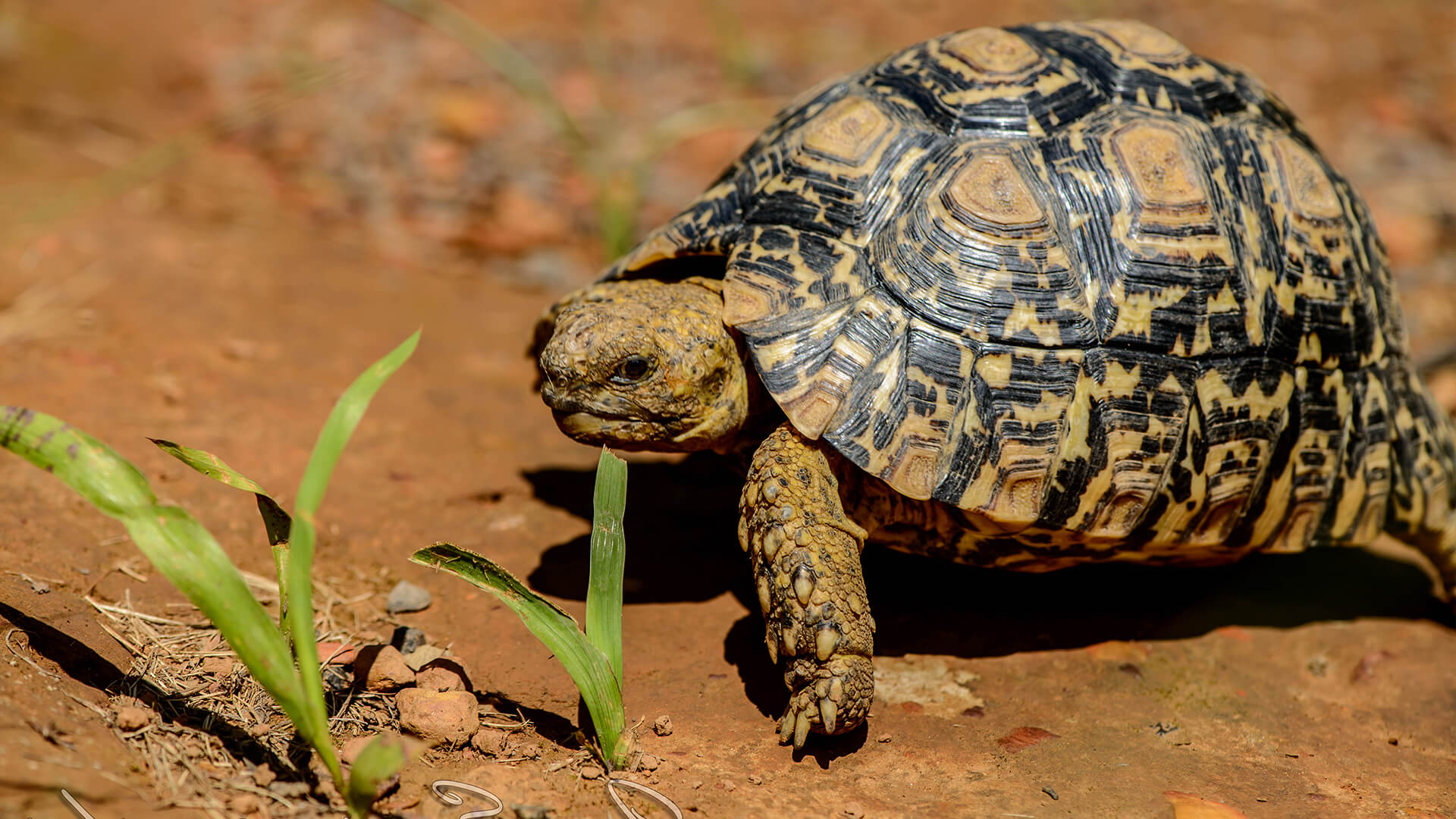
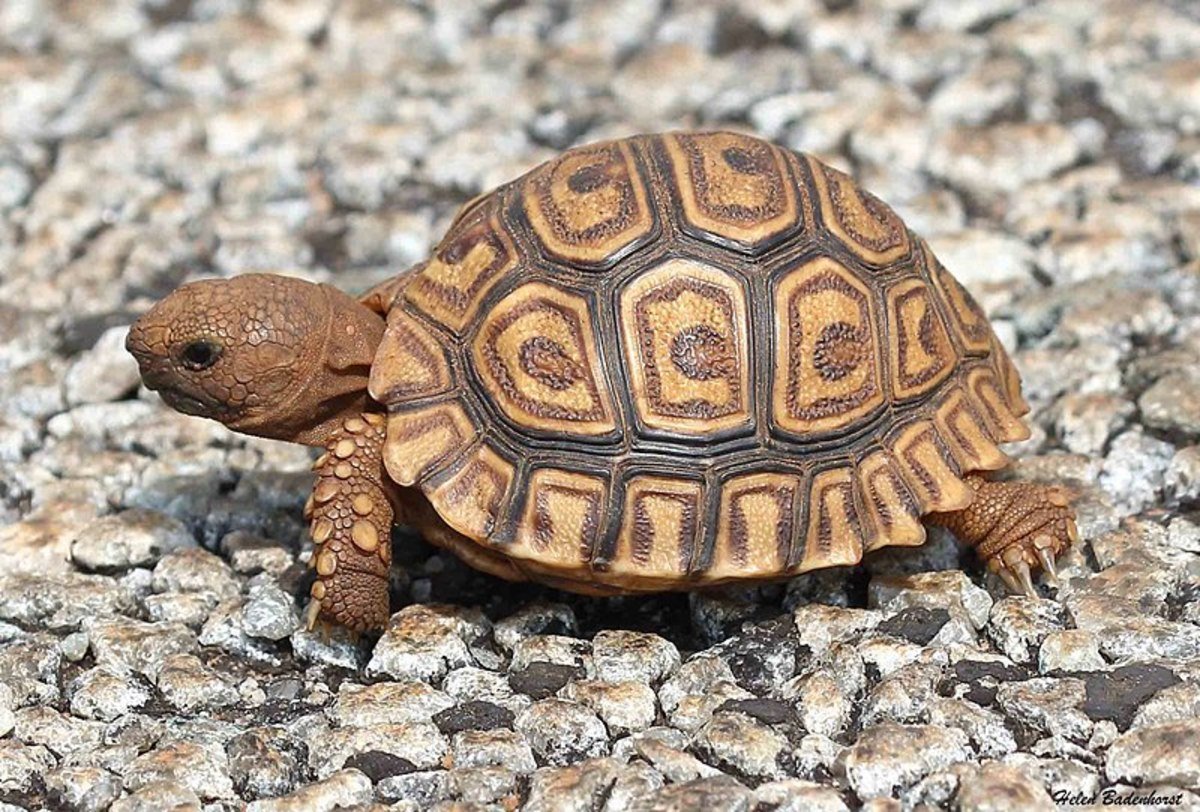
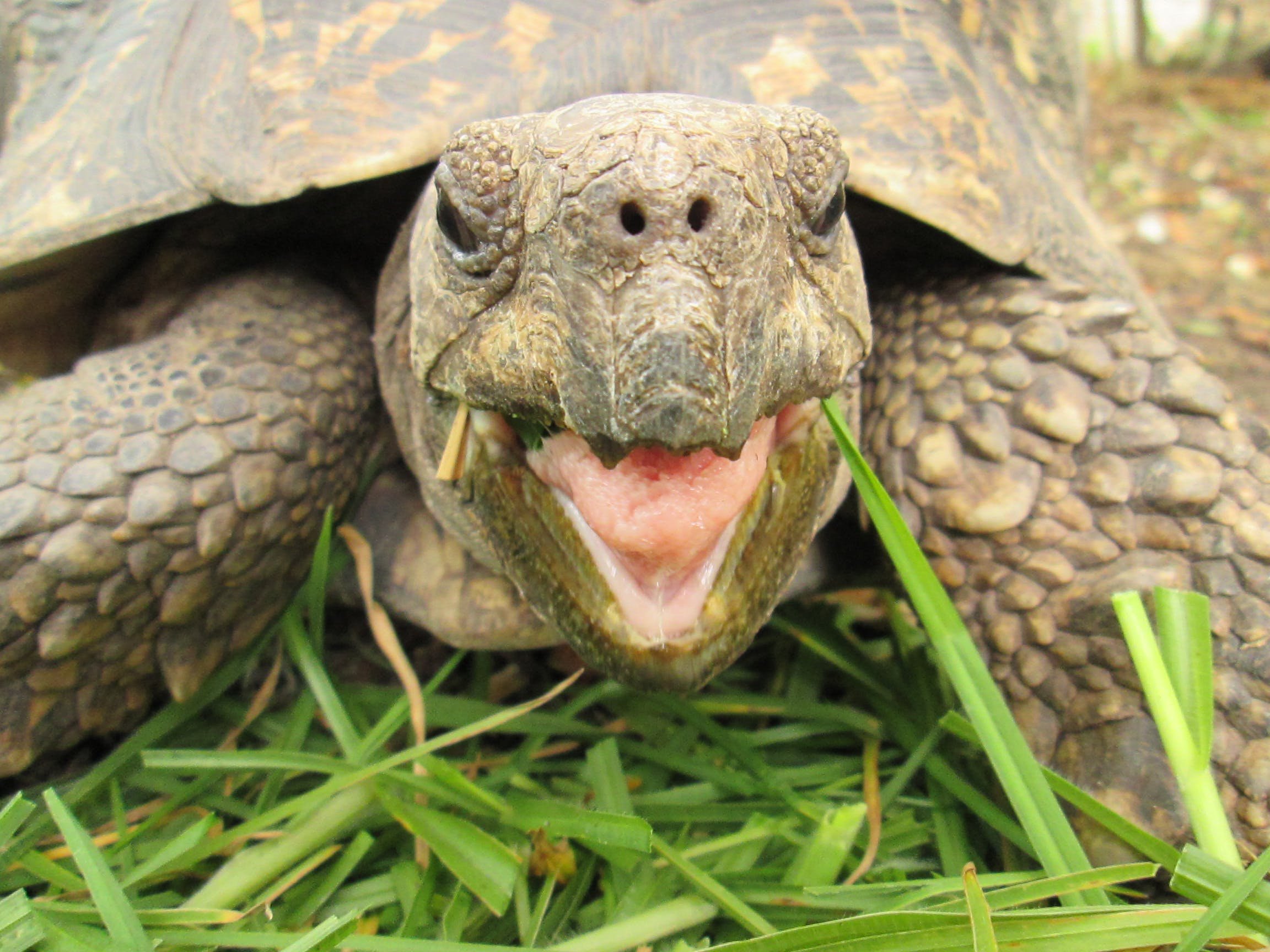
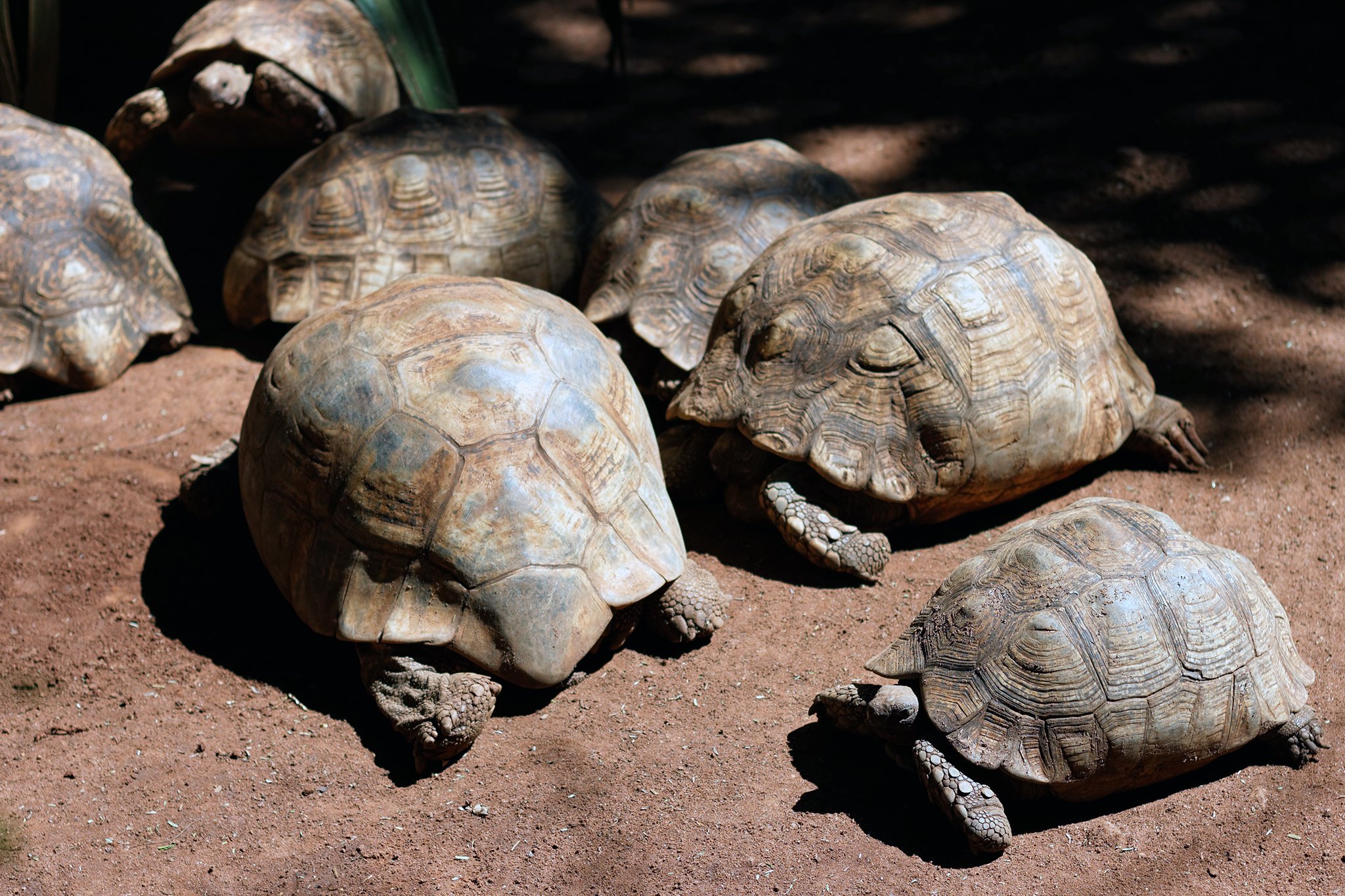
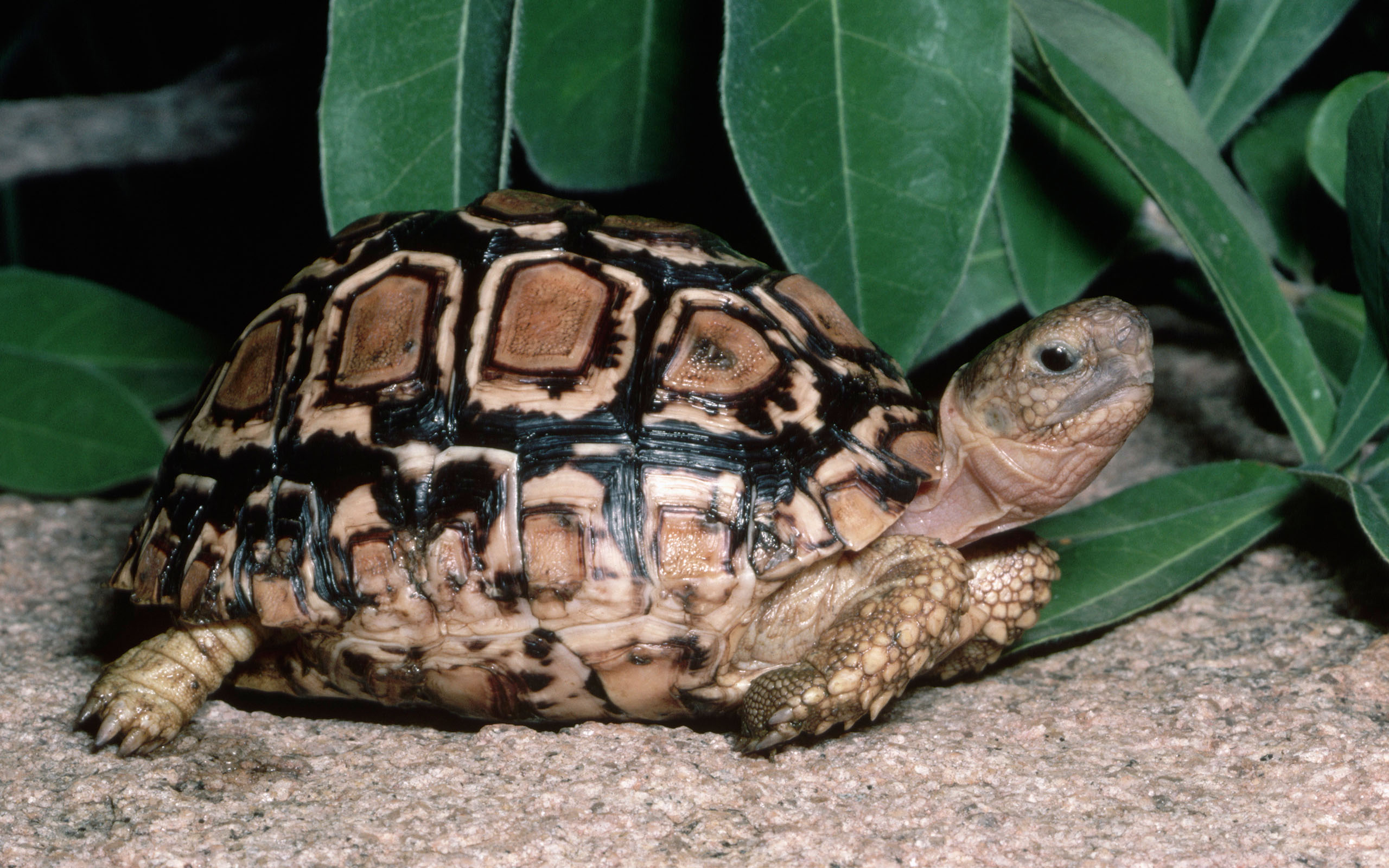
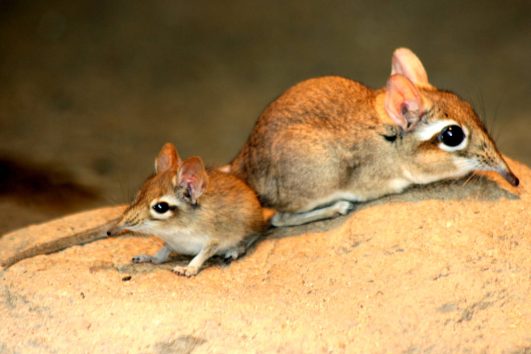
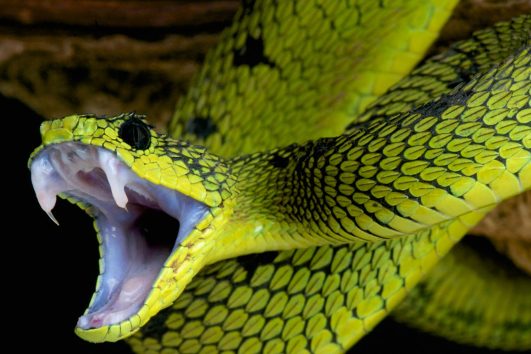
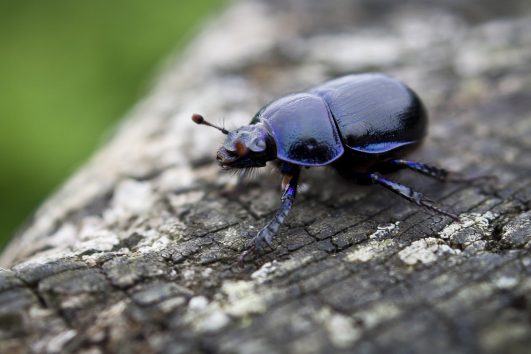
Tour Reviews
There are no reviews yet.
Leave a Review